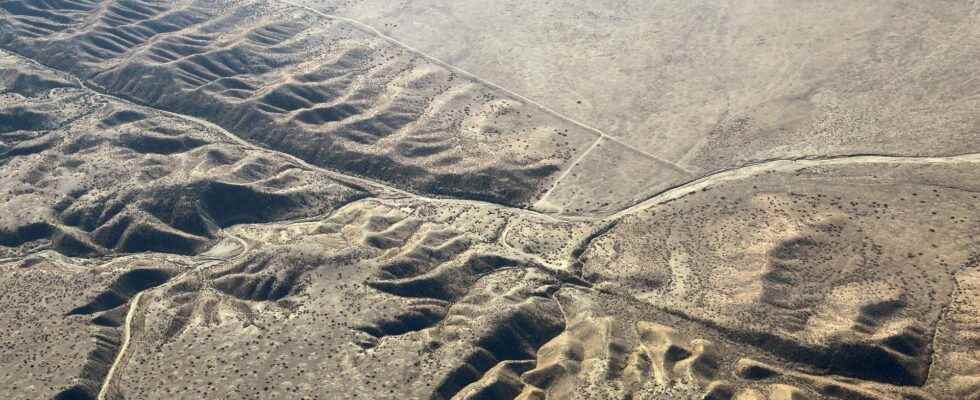Transforming faults are vertical faults on the scale of the lithosphere, which allow the “transformation”, that is to say the accommodation, of the movement from lithospheric plates. In this sense, they represent a key element of tectonic plates. They can be found in a continental or oceanic environment.
Transforming Rifts and Drop-Out Rifts
Transforming faults are part of the family of so-called stall faults, the rejection of which is horizontal, which means that the compartments on either side of the vertical fault move relative to each other, i.e. to the right. (dextral step), or to the left (sinister step). Transform faults represent particularly important tectonic structures that can stretch for thousands of kilometers. They ensure the accommodation of the movement of the lithospheric plates and can in this sense represent the limits of active and conservative plates: there is neither creation nor disappearance of crust, unlike the other two types of active plate boundaries, the ridges and the subduction zones. The transforming faults are therefore controlled by the global kinematics of the Earth. They represent zones of localized deformation between plates considered as stable.
Ocean Transforming Rifts
Transforming faults are particularly visible in the oceanic domain where they intersect and dissect the axis backbones in different segments. The presence of these faults can be explained in two stages.
First, during ocean opening, a ridge does not propagate in a linear and continuous fashion. The opening takes place in more “fragile” areas, creating discontinuous and slightly offset sections. While theaccretion oceanic begins (creation of oceanic crust to the axis of the backbone), transforming fracture zones will be created at the level of the relays, between the different segments of the developing backbone. The initiation of transforming faults is therefore associated with the initial architecture of the backbone and the fact that its axis is not continuous. The orientation of the faults is thus parallel to the direction of displacement.
Second, it should be borne in mind that Earth is a sphere and that any plate movement on a sphere obeys Eulerian geometry: the relative movement between two plates actually represents a rotational movement around an axis. In the case of two plates moving away from each other (oceanic opening at the level of a ridge), the speed The spacing will therefore be variable and a function of the distance from the Eulerian poles. At the level of the poles of rotation, the opening speed is zero, while it is maximum at the level of the Eulerian equator. In this context, oceanic transform faults also accommodate the difference in opening speed between different segments of the ridge. The active part of a transform fault lies between the segments. His trace fossil (not active) is visible in the rest of the oceanic crust. We are talking about an oceanic fracture zone. These fracture zones can extend for thousands of kilometers, to continents.
Oceanic transform faults and fracture zones are characterized by a deep valley bordered by two walls. Those incisions in the oceanic crust provide natural sections that allow observations to be made in order to better understand the mechanisms of the creation of the oceanic crust. The intersection with the axis of the ridge is marked by a deep basin, called the nodal basin. This zone at the end of the segments is generally less magmatic and often associated with tectonic processes. mantle exhumation.
Other types of transforming faults
The transforming faults therefore play the role of relay between the various tectonically active structures on the surface of the globe:
- Ride-ride: relay between two segments of the same oceanic ridge, as explained above, or between two different ridges, such as the San Andreas fault in California, which provides the relay between the east-Pacific ridge (to the south) and the Juan de Fuca ridge (to the north);
- Ride-zone subduction, such as the Owen Fracture Zone in the northwest Indian Ocean, which links the Carlsberg and Sheba ridges to the south and the Makran subduction zone to the north.
- Subduction zone-subduction zone, like the New Zealand Alpine Fault, which crosses the South Island of New Zealand and connects two subduction zones.
Transforming faults are particularly seismogenic and can cause violent earthquakes. The best-known example is that of the San Andreas fault on which a powerful earthquake is expected: the Big One.
You will also be interested
[EN VIDÉO] A billion years summed up in 40 seconds: plate tectonics Researchers have modeled the movements of tectonic plates over the past billion years.
Interested in what you just read?
.
fs12
